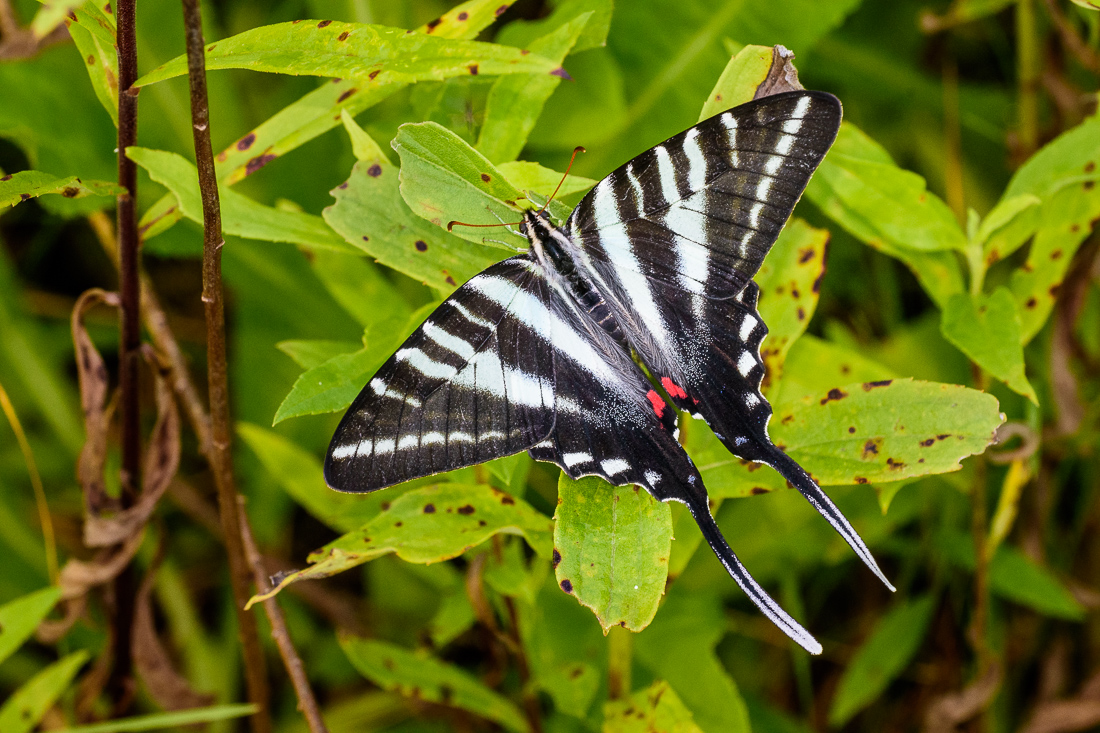


Wagner, Publisher: Princeton University Press 1St Edition edition (August 14, 2005) Caterpillars of Eastern North America by David L.Prepared by York County Master Gardener Debra Carman, February 2017 More information Purpletop grass ( Tridens flavus), lovegrass Rice cutters ( Leersia oryzoides), bluegrasses Wild indigo ( Baptisia tinctoria), blue false indigo ( Baptisia australis), crown-vetch (invasive non-native) Purpletop grass ( Tridens flavus), poverty grass, big bluestem, little bluestemīlack locust ( Robinia pseudoacacia), honeylocust ( Gleditsia triacanthos), tick-trefoils, hog-peanut and other legumes Willows ( Salix spp.), aspens ( Populus spp.) Thistles (some are invasive non-natives), mallows, hollyhocks, asters, legumes and many othersĮnglish plantain, common plantain, figworts, vervains, snapdragon, toadflaxĬherries ( Prunus spp.), willows ( Salix spp.), aspens ( Populus spp.), serviceberries ( Amelanchier spp.), birches ( Betula spp.), hawthorns ( Crataegus spp.), sweet crabapple ( Malus coronaria) Pussytoes ( Antennaria spp.), pearly everlasting, fragrant cudweed Willows ( Salix spp.), elms ( Ulmus spp.), aspens ( Populus spp.), birches ( Betula spp.), hackberry tree ( Celtis spp.) Hackberry trees ( Celtis spp.), elms ( Ulmus spp.), nettles Ox-eye sunflower ( Heliopsis helianthoides), sunflowers ( Helianthus spp.), black-eyed Susans ( Rudbeckia spp.), wing stem ( Verbesina alternifolia), coneflowers ( Echinacea spp.)Īsters ( Symphyotrichum spp.) - excluding white wood aster ( Eurybia divaricata) Redbud ( Cercis canadensis), American holly ( Ilex opaca), blueberries ( Vaccinium spp.)įlowers and seeds of - clovers, bush-clovers, tick-trefoils, sweet cloversīuds and flowers of - flowering dogwood ( Cornus florida), wild black cherry ( Prunus serotina), viburnums, blueberries, meadow-sweet ( Spiraea spp.), New Jersey tea ( Ceanothus americanus), wing stem ( Verbesina alternifolia) Oaks ( Quercus spp.), hickories ( Carya spp.), black walnut ( Juglans nigra)įlowers and seeds of - tick-trefoils, bush-clovers, clovers, mallows, hibiscus Mustard family - cabbage, broccoli, cauliflower, Brussels sprouts, garlic mustard, (invasive non-native), winter-cress Spicebush ( Lindera benzoin), sassafras ( Sassafras albidum)


Tuliptree ( Liriodendron tulipifera), wild black cherry ( Prunus serotina), ash ( Fraxinus spp.) Northern prickly-ash ( Zanthoxylum americanum), common rue Parsley family - parsley, dill, fennel, carrot, Queen Anne's lace, Golden Alexanders ( Zizia aurea), rue family - common rue Watch for evidence of caterpillars feeding on the leaves, your plants are now part of the food web. Plant the native species and plant several if the plants are small. Some butterflies also exhibit local host plant preferences depending upon plant availability and habitat.įemale butterflies can travel for miles in search of host plants to lay their eggs upon. There are additional larval host plants for many of the butterflies listed, especially the species which feed on many plant families. Some of these plants are highly invasive and should never be cultivated. Many butterfly species have adapted to feed upon non-native plants if the plants are in the same family as the native larval host. Some of them are found throughout the state and others occur locally in connection with the larval host plants.


 0 kommentar(er)
0 kommentar(er)
